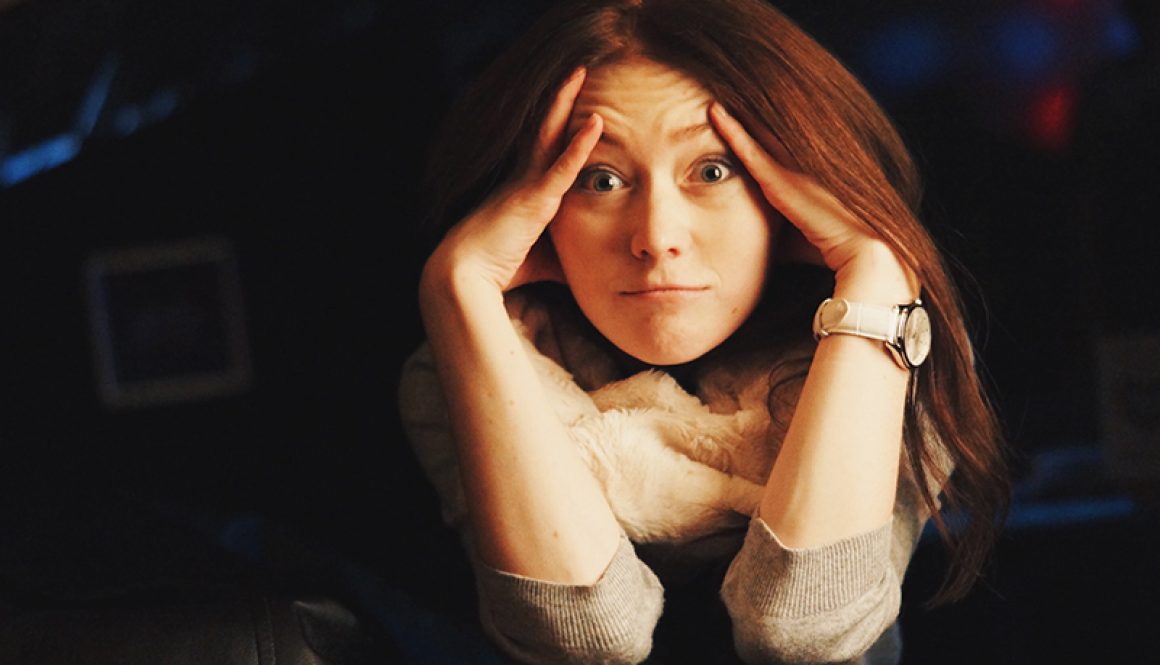The Referee Should STOP THE FIGHT:
We are getting beat down by addiction. A knock out on most days. Some days the referee should step in and stop the fight.
It’s getting painful. It’s getting old.
Why are we losing the fight? Why are we getting our asses kicked on such a consistent basis?
We are told these outcomes are due to “lack of access to treatment”. Or perhaps its due to the fact that “insurance parity has not been enforced“.
Access to treatment and insurance parity are a small part of the conversation. However, the fundamentally flawed “addiction and recovery” paradigm seems like a more interesting and compelling topic.
I want to comment on 2 noteworthy articles sent my way. These articles are “old”, however, they are very instructive.
Alcohol Deaths:
The first was focused on the mortality rate directly related to chronic alcohol misuse.
An in-depth study found that the number of people “drinking themselves to death” has more than doubled.
Overdose Deaths:
Another article was focused on the “overdose epidemic”. Researchers at Georgetown University and University of Pennsylvania believe that number is well understated:
But new research published in PLOS ONE from the University of Pennsylvania and Georgetown University suggests that drug-associated mortality in this country is actually more than double that.
The answer to such a complex problem is unclear.
However, it is crystal clear that the answer is NOT more of the same.
These articles are out of date. The current news is even more depressing. The CDC reports record high overdose deaths during the past 12 month tracking period (June 2019 to May 2020). Of course, these numbers are exacerbated by COVID-19. However, this is beyond the pale.
More Of the Same?
We do not need to double down on the models that have produced these results. The current system (the status quo model, the legacy model etc..) predates all of us.
It started well before most of us enter the field. None of us invented this “punish them until they want it model”. We inherited it.
Why then, are we so beholden to something with which we have no ownership?
It’s not about particular people or particular programs. It’s the philosophy and the paradigm that is most problematic.
Paradigm Shift:
“A paradigm is a standard, perspective, or set of ideas. A paradigm is a way of looking at something. The word paradigm comes up a lot in the academic, scientific, and business worlds. … When you change paradigms, you’re changing how you think about something”.
Where substance use disorders are concerned, must of what are told has been insufficient. In some cases, dead wrong. Everything from etiology to treatment.
The entire process is conceptually misinformed.
This is what happens when you get something wrong at a fundamental level. Eventually, it all breaks down.
In business you go bankrupt. In healthcare a million people die.
Why stubbornly hold onto an idea that is patently wrong?
A Thought Experiment:
Let’s pretend you are a football coach. Your job is on the line. Your team is 0 and 7 heading into the halfway mark of the season.
Your quarterback has thrown on average 3 interceptions per game and your offense is ranked dead last.
As you head into game 8: Are you going to keep that same starting quarterback in the game?
Are you going to maintain the same offensive system that has produces dismal results?
Or are you going to yank the quarterback, question everything and use every trick you can to salvage the season?
Of course, you are going to “question everything”.
We may not be able to replace systems as easily as we can replace quarterbacks.
However, we can identify some of the real barriers to progress. Why are we stuck in such a rinse and repeat cycle with mental health and substance use disorders?
1) THERE IS ZERO CHANCE OF INTERNALLY DRIVEN CHANGE:
DISRUPTIVE INNOVATION, results in invention and transformation. NEW THINGS
“Innovation, on the other hand, results in improvement of existing products or service.
“Innovative practices” are frequently used to hold off disruption. The existing system does NOT want disruptive innovation. Because, the existing system does not want to be “replaced”.
Innovation is a term used to fool people into thinking we have something new to offer. When in fact, we have a repackaged and tuned up version of the same old thing.
Stay with me. Disruptive innovation requires a business model to support new ideas and new services.
You can’t scale something unless you get the idea out to millions of people. And you can’t get it out to millions of people unless you can pay some bills.
The Mac is just a hobby if Apple does not find a way to sell it.
In all industries there are barriers to entry. The status quo resists change.
No legacy system is going to willingly step aside.
No one is going to say:
“Please eliminate my way of life and destroy all these jobs”.
2) Healthcare resists disruption in an especially effective way. Behavioral healthcare is even more opaque than “general healthcare”.
The HEALTHCARE industry (substance use/mental health especially) has some extra tricks and maneuvers they bring to the table.
There are 3 healthcare-specific barriers that make the paradigm shift even more difficult.
A) Misunderstanding around innovation.
As highlighted above, disruptive innovation implies “new” products and services.
These products and services are founded on new paradigms and new principles. Disruptive innovation requires a new way of seeing the problem.
On the other hand, SUD and MH “centers for innovation” are actually centers for improvement.
Even technology driven “innovation” could be more accurately described as improvement.
Apps, software, tracking and monitoring devices, wearables, “bi-lateral text messaging”, automated asynchronous messaging represent improvement.
The success of the intervention is still based on the “willing, compliant and sufficiently docile” client. The so-called “new thing” is still built on the model of assumed client motivation.
B) HIGH REGULATION and complexity of systems.
A maze of regulation, (disguised as “patient protection”) is especially effective in minimizing invention and slowing distribution of new things.
Directly related to regulation are the OPAQUE SYSTEMS FOR REIMBURSEMENT.
Many times, the publicly funded system creates monopolies. The state system almost always does business with state system providers.
There is a clear philosophy of keeping the money “in-house”.
At the private level, lack of reimbursement stifles creativity.
C) Finally, the trump card.
When in doubt, status quo health providers can say that; “new ideas are dangerous”. “You will kill people if you keep doing things that way”.
The consumer and their family will be sent a clear message:
“Do you really want to risk your welfare or your loved one’s health on some silly idea”?
“Don’t try alternative treatment. Send him back to rehab for the 18th time like a sensible citizen”.
In the meantime, 81,000 people died of an overdose every year.
88,000 die of alcohol related issues every year. 47,000 people commit suicide.
I have been told:
“Rich, stop saying that stuff about alternative treatment. People hear you and they won’t go to rehab”.
This industry-driven “moral high ground” is twisted.
Some people act as if exploring recovery options automatically means death for the patient.
Meanwhile, massive numbers are already dying under the “accepted model”.
[Note: the question of government funded innovation will ultimately be part of this discussion. Government certainly could fund innovation. However, it would have to occur outside the existing infrastructure. I have little confidence that anything so bold and courageous will come out of Washington DC. The existing institutional structures aren’t stepping aside anytime soon.
NOTE #2: For the record. Government has funded disruptive innovation in the past. Via channels outside the traditional bureaucratic infrastructure: Kennedy’s moonshot, the Marshall Plan, DARPA. And it worked.
3) The “Stigma Reinforcing” Addiction Entertainment & Exploitation Industry
Substance use disorders have apparently become entertaining. The examples are endless.
The televised public exploitation of people with substance use disorder is deeply damaging. It reinforces all the negative stereotypes.
People like Dr. Drew do more harm than good.
The underlying message is clear, addicts are second class citizens. They need to be sufficiently punished.
They need good old fashioned, one-size fits all, 12-step only treatment.
That’s the message. It’s not stigma reduction.
It’s unintentionally, or intentionally, stigma reinforcing. What a horrible thing.
It’s actually quiet revealing to consider the television show “Intervention” on the A&E channel.
They are filming people in an “active disease state” and putting it on public display for everyone to consume.
The worst part, they frame the exploitation as “help”.
This is naive at best. Malpractice at worst. Unethical for sure.
How they get away with this is beyond me? It speaks to the lack of progress on stigma.
It speaks to zero accountability surrounding the treatment of people with SUD.
Far too many social media “marketers” (backed by rehabs who are desperate for admissions) become mini-celebrities.
Mini-celebrities that ultimately do harm on multiple levels.
Their “I will save you” message is horrible.
They prey on fear. They create fear in the families.
Their level of expertise seems to be of no concern to the people who employ them.
There is zero internal industry accountability.
Most of these people have no real knowledge or education to support their work in substance use and mental health.
They promote stigma via stereotypical story telling and slogan driven rants.
Not to mention their tragic “call now for help” obsession. The world is becoming more educated on SUD issues and the social media marketer is becoming a running joke.
However, we all suffer from association with this squad.
They refer to themselves as “recovery advocates” and the public can’t delineate between legit advocates and admission agents.
I do not want to be lumped in with these folks.
Television shows on addiction are trending up.
Independent documentaries as well. Independent documentaries tend to hold themselves to higher standards.
They show a more charitable side of substance use disorders.
However, they can go sideways on any given day as well.
Substance use disorder is a healthcare condition. It is not a carnival sideshow.
4) The behavioral health carve out:
“It is very difficult to trace the evolution of reimbursement for SUD and mental health issues.
Somewhere in the 1980’s or 1990’s managed care organizations took on substance use and mental health.
At that point, behavioral health was completely separated from the larger health plan.
In theory, this would lead to more focus SUD and MH specialty care.
In reality, this has lead to the alienation of people with SUD and mental health issues. In the real world, there is a hard stop between physical health and behavioral health.
This is not helpful. SUD and mental health is siloed off. In their own little world.
SUD and mental health should be a routine part of mainstream medicine.
However, on the whole, health systems avoid integrating SUD and mental health.
The opioid epidemic has forced some change. But nothing significant and certainly nothing permanent.
The carve out produces more stigma. The carve out also contributes to the “hit bottom” mentality that underlies the system.
We wind up working with only the most severe cases.
Services are “carved out” and therefore not even accessed until absolutely necessary. Truth be told, services are never accessed by most people in need.
What if we did shift the paradigm.
What would happen if we went to the doctor for help with SUD instead of rehab?













